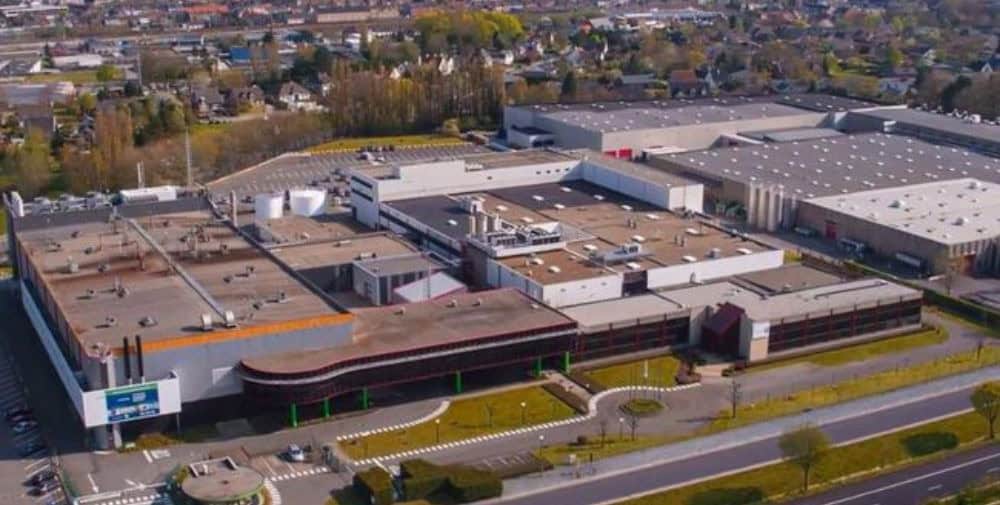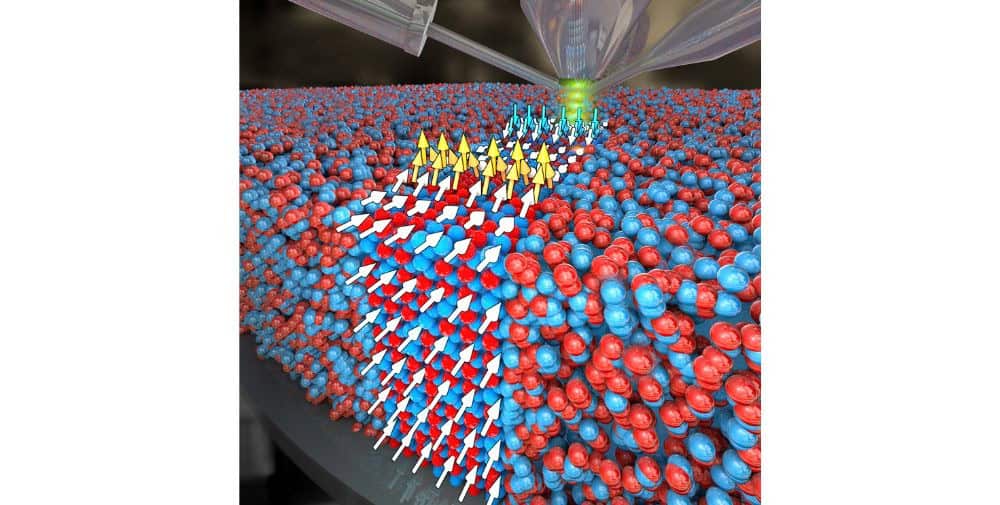
In February 2022, an exciting experiment began. The company BelGaN was founded in Oudenaarde, Belgium, and took over the fab of the company onsemi. The site, which specializes in the production of semiconductors and was founded in 1983 as Mietec, was to be transformed from a pure silicon to a gallium nitride (GaN) production facility within a few years. A leading 6- and 8-inch GaN foundry was planned, the nucleus of a Belgian GaN Valley. “To achieve this, we want to combine the innovations of Imec, a world-leading research institute in the field of GaN technologies, with the experience of over ten years of GaN technology development and over 30 years of semiconductor manufacturing in the automotive industry of the BelGaN team,” explained Dr. Alan Zhou, CEO of BelGaN, at the time. Ambitious plans that came to nothing within two and a half years. BelGaN filed for insolvency at the end of July. 440 employees are facing redundancy or are currently looking for new jobs. Has the GaN hype of those years already come to an end? Or did a player that was too small focus too vehemently and too early on a technology with a very promising future?
The semiconductor industry is investing in GaN technologies on a grand scale
The latter is to be assumed. After all, a look at the medium-sized and large semiconductor manufacturers in the immediate vicinity shows that GaN technology is still very much in vogue. For example, GlobalFoundries only acquired GaN technology from Tagore at the beginning of July. “This is a high power density solution designed to push the boundaries of efficiency and performance in a variety of power supply applications in the automotive, Internet of Things (IoT) and artificial intelligence (AI) data center markets,” GlobalFoundries said in a press release. Infineon acquired GaN Systems Inc back in 2023. “The Ottawa-based company brings a broad portfolio of gallium nitride (GaN)-based energy conversion solutions and world-class application expertise,” it said. Renesas acquired Transphorm, a GaN specialist, in early 2024 to “expand its position in growing markets such as e-mobility, computing with AI, infrastructure and data centers, renewable energy, industrial power conversion and fast chargers and adapters”. X-FAB also continues to be one of the ambitious providers of GaN and SiC solutions and, as a Belgian-run company, is currently looking with interest at developments in the field of BelGaN. These are just a few examples of a much larger trend. The GaN dream is far from over. On the contrary.
What is gallium nitride (GaN) and what are GaN semiconductors used for?
Because wide-bandgap semiconductors such as gallium nitride (GaN) offer numerous advantages over silicon. In particular, the higher switching speeds and better thermal properties characterize this III-V semiconductor material. Whether in high-performance applications such as electric vehicles and industrial motors or in low-voltage applications such as fast chargers for consumer products – GaN technology is the future and the industries of the future. GaN components are now used, for example, in electromobility, mobile phone base stations, military radar systems, satellite transmitters, switching power supplies such as DC/DC converters, inverters and battery chargers. The robustness and therefore reliability of this technology alone can be improved and is therefore the focus of further development. The manufacturing costs of GaN semiconductors are also currently still significantly higher than the manufacturing costs of silicon semiconductors, although lower than those of the competing wide-bandgap semiconductor made of silicon carbide (SiC). GaN components are nevertheless attracting more and more attention in development departments. This is also because they are the key to more efficient and sustainable components. GaN therefore undoubtedly has great development potential, but is currently still lagging behind silicon and silicon carbide (SiC) technology.
A mistake from Saxony’s past repeating itself?
Nevertheless, it is astonishing that an ambitious and promising company like BelGaN is sliding into insolvency. The market and the competition underline the importance of GaN and its prospects. Even though the semiconductor market, especially in the automotive sector, is going through difficult times, automotive companies are struggling with falling sales figures for their e-vehicles. Medium-sized and large semiconductor players with a broader technological base naturally cushion such developments and lean periods much more easily. Nevertheless, it seems strange that neither potential cooperation partners nor the Belgian state are trying to save the ailing company. Will a mistake from Saxony’s past be repeated in the end?
Qimonda AG, a spin-off of Infineon Technologies AG in Saxony, has been in the spotlight since 2006. The entire memory chip division of Infineon was bundled into this new company at the time. Admittedly, this is an area that has very little to do with GaN. In four and a half years, Qimonda also slipped into economic difficulties and finally into insolvency in 2009. There was a lack of courage and foresight, especially on the part of the then Saxon state government or the federal government, to save a promising technology company. Today, Qimonda would be one of only a few specialists worldwide in a sought-after semiconductor sector. But to quote soccer icon Lothar Matthäus: “Would be, would be bicycle chain”. Is BelGaN now doomed to go through the same story? We do not allow ourselves to answer this question.
The “wide bandgap semiconductor” market is predicted to have a golden future
The SiC and GaN power semiconductor market was estimated at USD 2.24 billion in 2023 and is expected to go through the roof with a compound annual growth rate of over 25% between 2024 and 2032. Forecasts predict a market of USD 18 billion in the near future. The growth drivers are considered to be the capabilities and thus possible applications of this special semiconductor material: e.g. energy efficiency and reduced power loss, increased adoption in electric vehicles (EVs), demand for faster switching speeds, expansion of renewable energies as well as high power density and miniaturization requirements. The only problem could be the globally uneven distribution of gallium nitride deposits. China, as one of the largest producers but also consumers of this material, has an enormous influence here. Silicon Saxony Managing Director Frank Bösenberg already published his personal analysis on this last year under the title “Is China pulling the plug on global (GaN) chip production when it comes to gallium exports?“. This is an aspect that may well have caused problems for BelGaN in recent months, apart from the unfavorable market development in the automotive sector and the already significantly higher production costs of GaN semiconductors.
Conclusion
BelGaN is not yet history. But time is running out to save the Belgian semiconductor company. The colloquial “vultures” are already circling over the remnants of the once ambitiously launched project and are likely to take them shortly unless another miracle occurs. BelGaN and the planned Belgian GaN Valley would then probably have lost the big bet on the future. However, this will not affect the continued existence and expansion of this important semiconductor sector worldwide. For reasons of sustainability and the developments surrounding the restructuring of the transport and energy sectors alone, GaN will become increasingly important. The exciting questions are therefore: Will research and development in the field of GaN get to grips with the disadvantages of cost, durability and reliability in the near future? Will the base material gallium nitride continue to be available in sufficient quantities on the international market? And will we learn from the mistakes of the past? Europe needs wide-bandgap semiconductors more than ever. The ambitions – from electromobility to the energy transition – are huge. Few technologies seem as useful for this as GaN semiconductors. It is time that this was also recognized outside the semiconductor industry. For the time being, BelGaN will probably become another Qimonda. Too bad for Belgium and therefore also for Europe to a certain extent.



